Will the Democrats' Free College Tuition Plan Really Work?
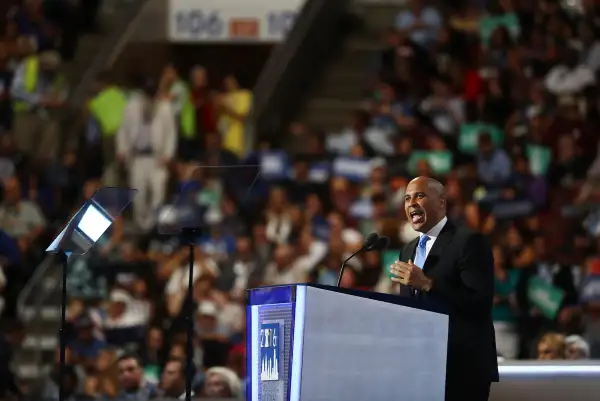
Each of the major speakers who took the stage at the first night of the Democratic National Convention Monday touched briefly on what's becoming one of the party's prominent campaign issues: the cost of higher education.
Massachusetts Senator Elizabeth Warren said Clinton would ensure all students can go to college without taking on debt. And New Jersey Senator Cory Booker said Clinton understands America needs to out educate in order to out innovate.
"She knows that debt-free college is not a gift, it's not charity” Booker said. “It's an investment.”
But, with a bare minimum price tag of $35 billion a year, is it the right investment?
Clinton’s recently revamped higher education plan would offer free tuition at public colleges, starting with families making $85,000 or less and increasing in tiers until the threshold for free tuition reaches families earning up to $125,000 in 2021.

That’s more ambitious (and likely more expensive, though no price tag has been released) than her original college plan, which called for a combination of state and federal funding that would make it possible to attend in-state colleges without borrowing for tuition.
While popular for obvious reasons with the highly desired voting population of college students and young debt-holding graduates, the variations of free college introduced so far have been met with skeptical reactions from many economists and higher education wonks.
“Tuition-free college is way less help than some people need and way more than others require,” wrote former college presidents William G. Bowen and Michael S. McPherson in a op-ed on Vox.com last week.
Even Clinton’s vice presidential pick, Tim Kaine, has expressed doubts about free college, writing in The Huffington Post earlier this year that making all public university education free gives away “a college education to richer Americans who don’t need the assistance paying for it.”
There’s little disputing that families in the top income tier of Clinton's plan would benefit the most from a free tuition policy in terms of sheer dollars.
That’s because students from lower-income families are more likely than their wealthier peers to attend community colleges and small regional colleges, which are less expensive than major public research universities.


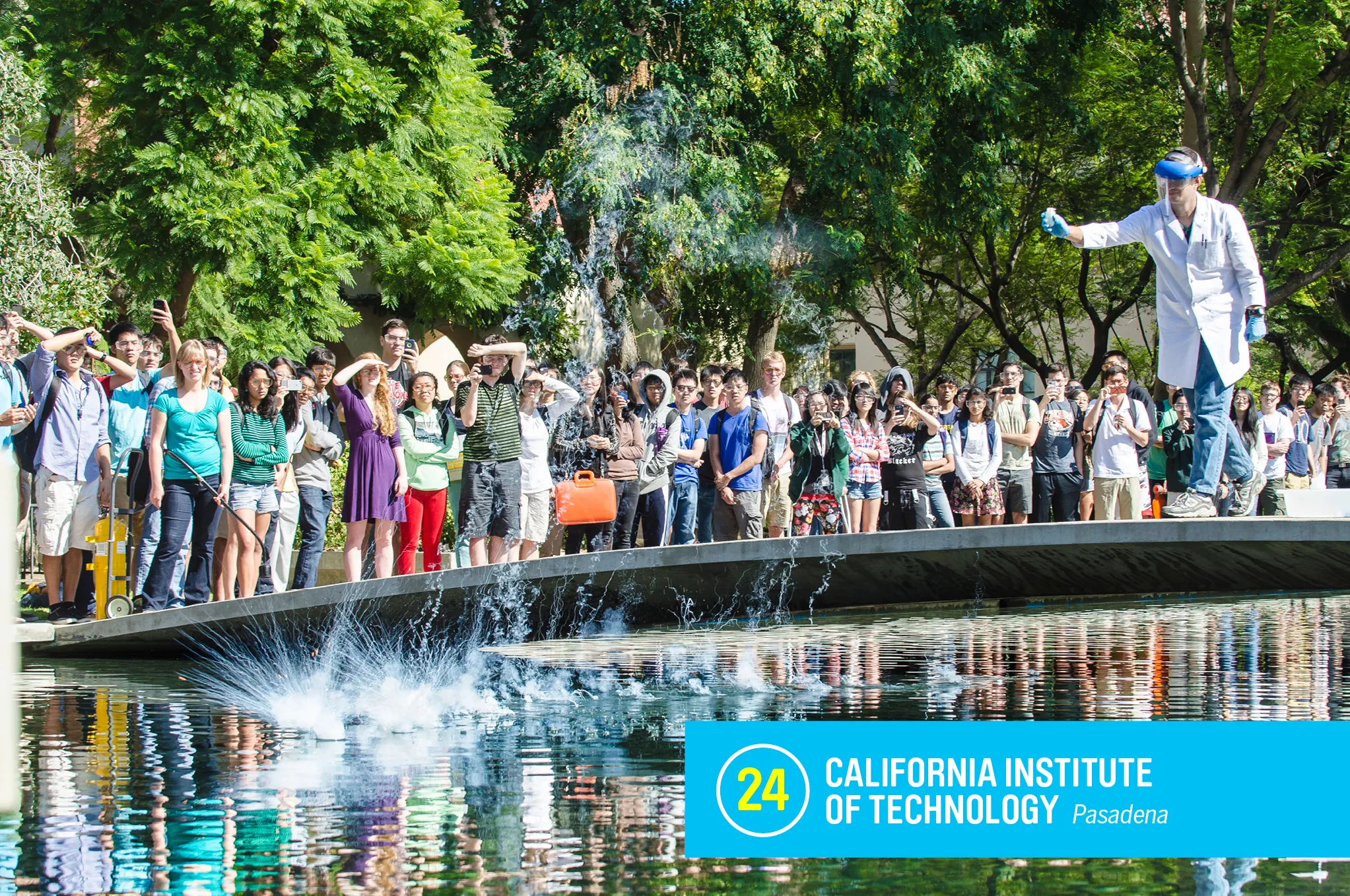
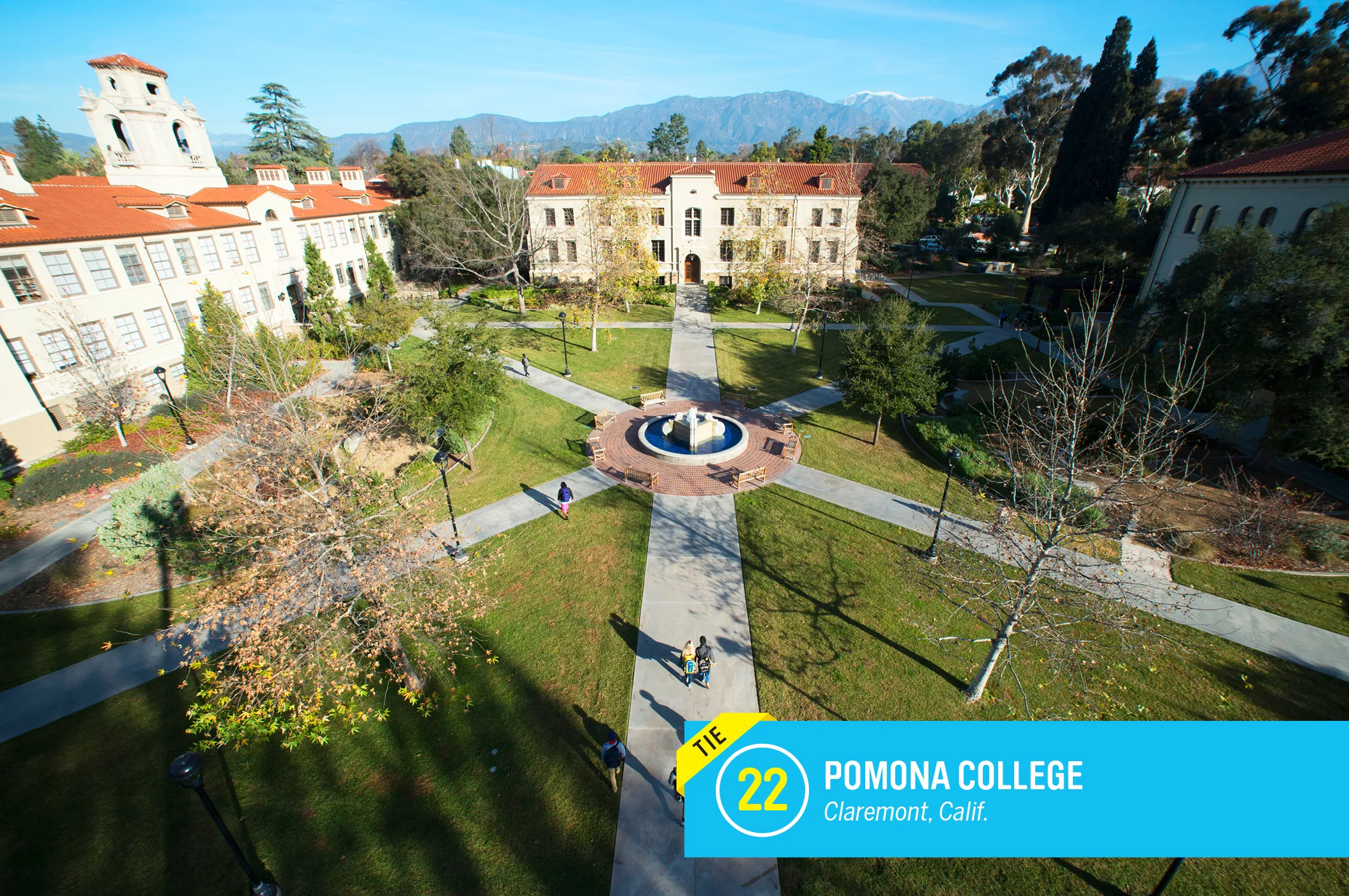
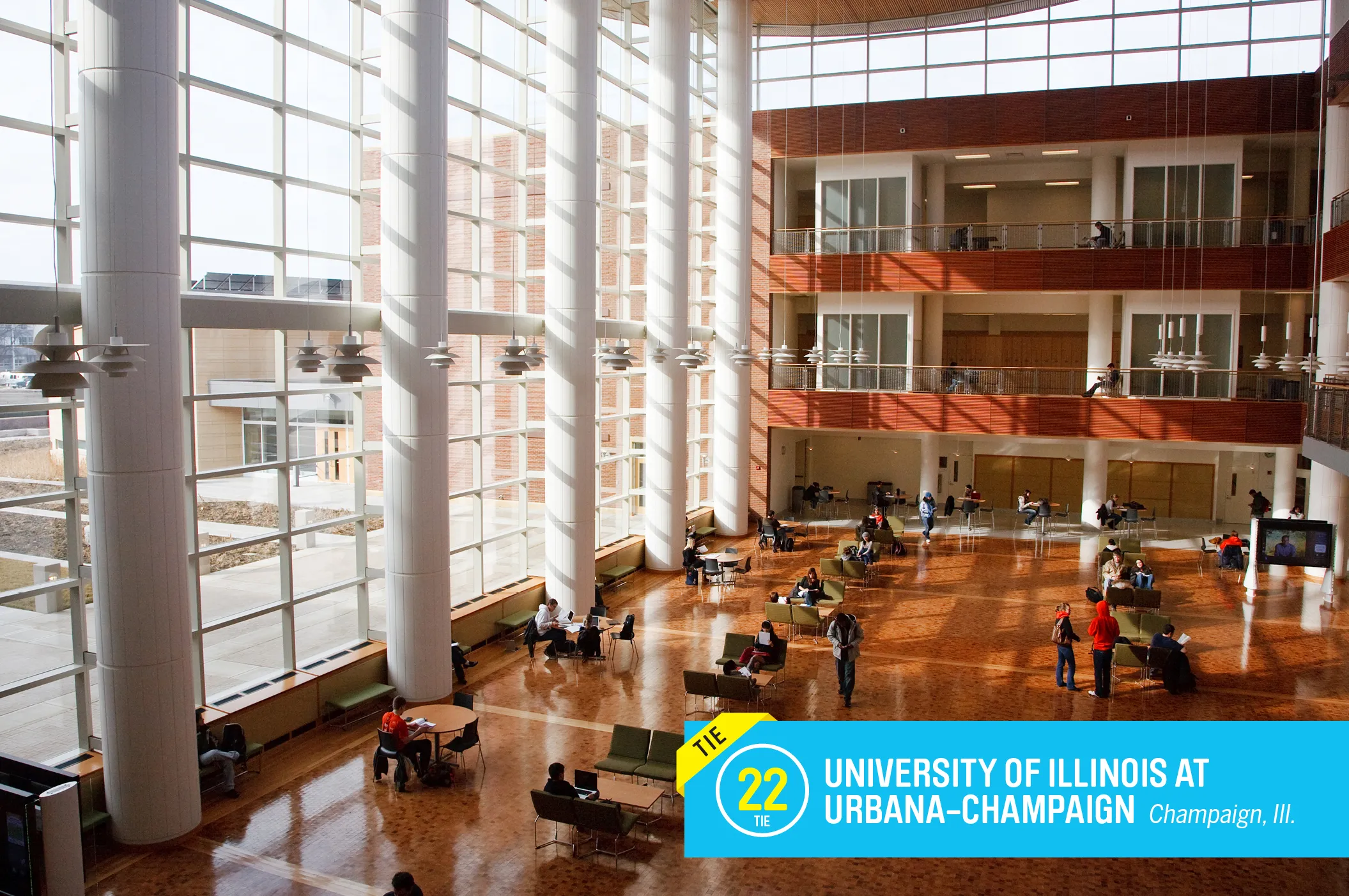
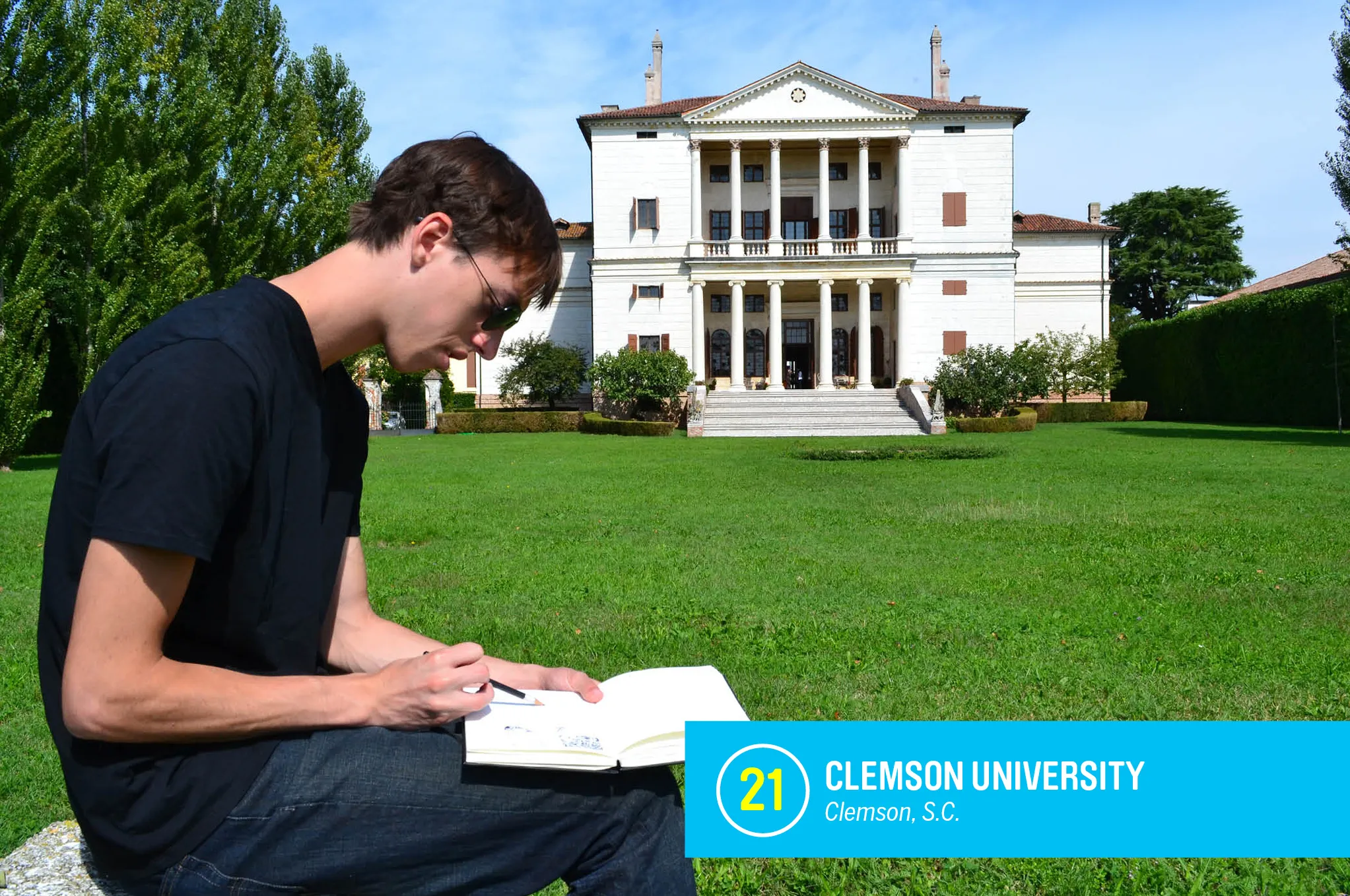
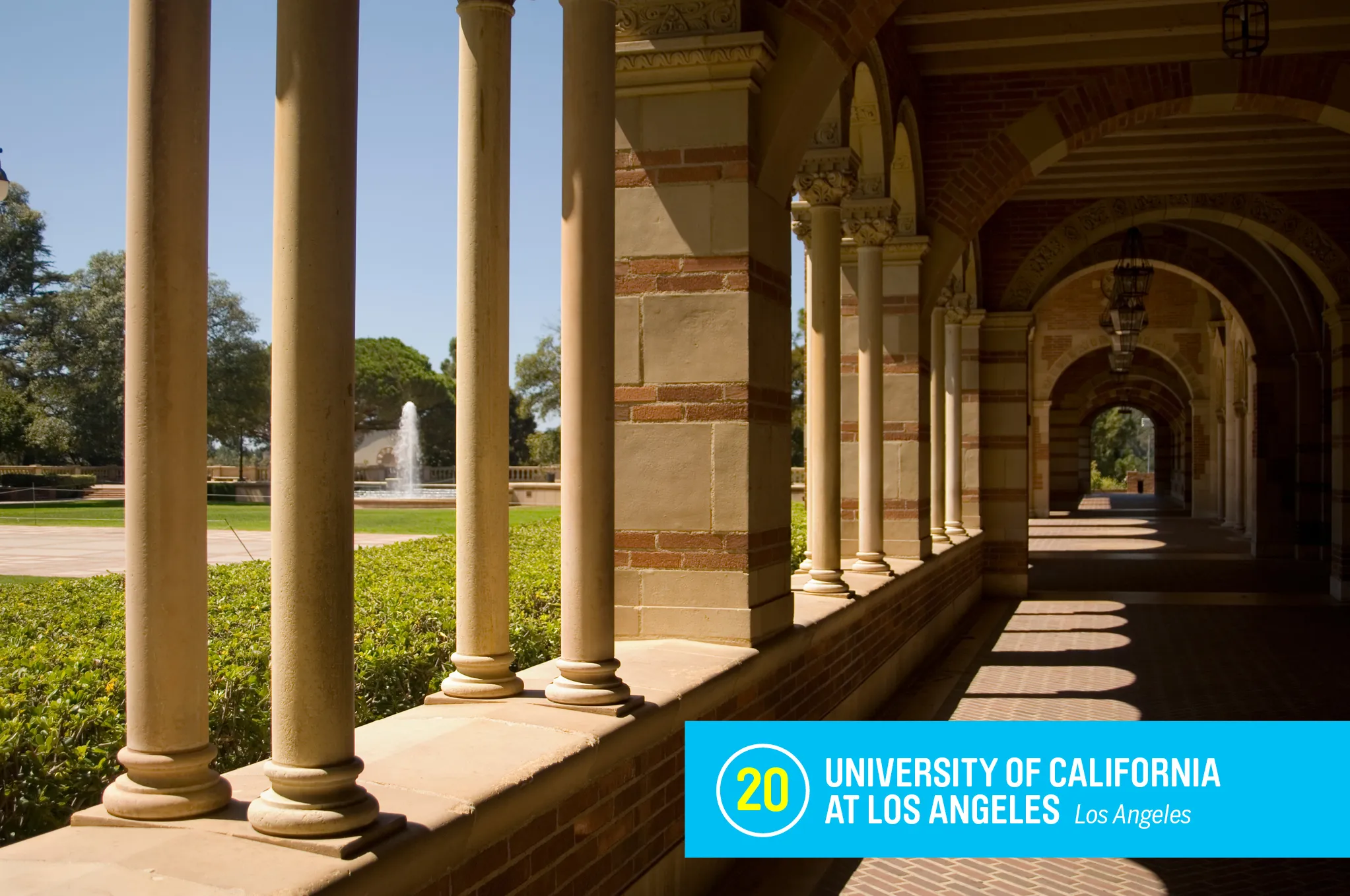
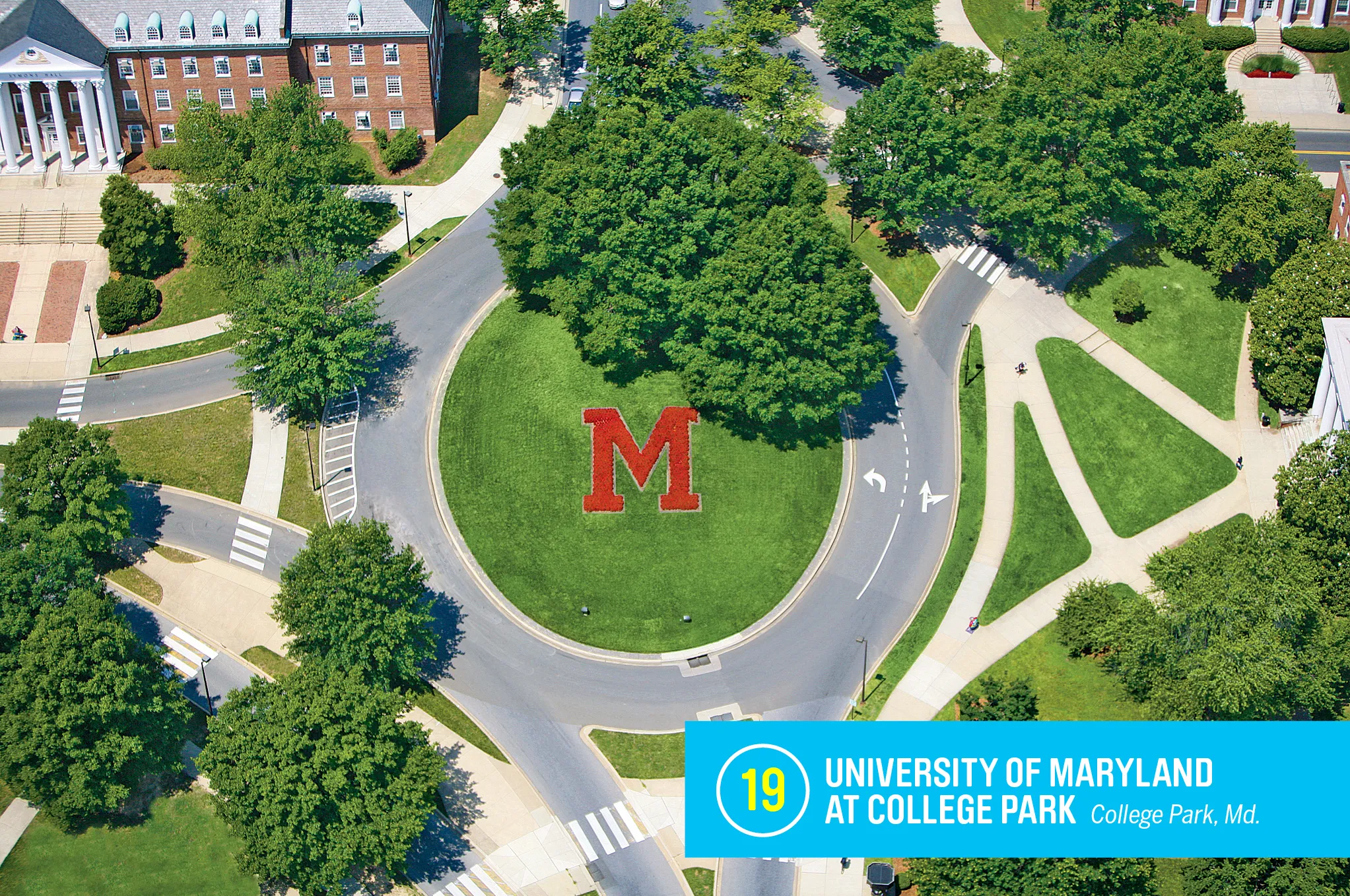


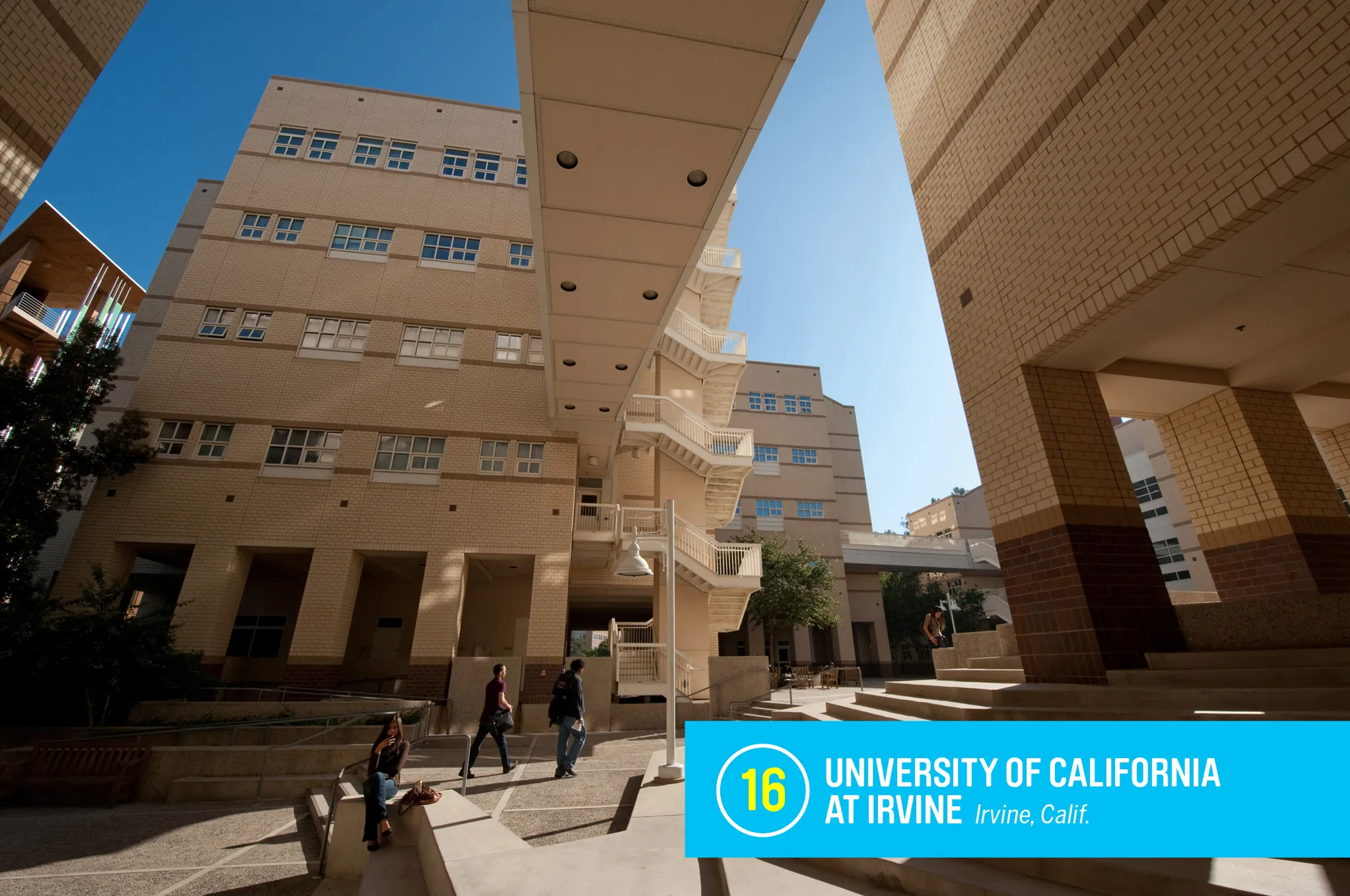
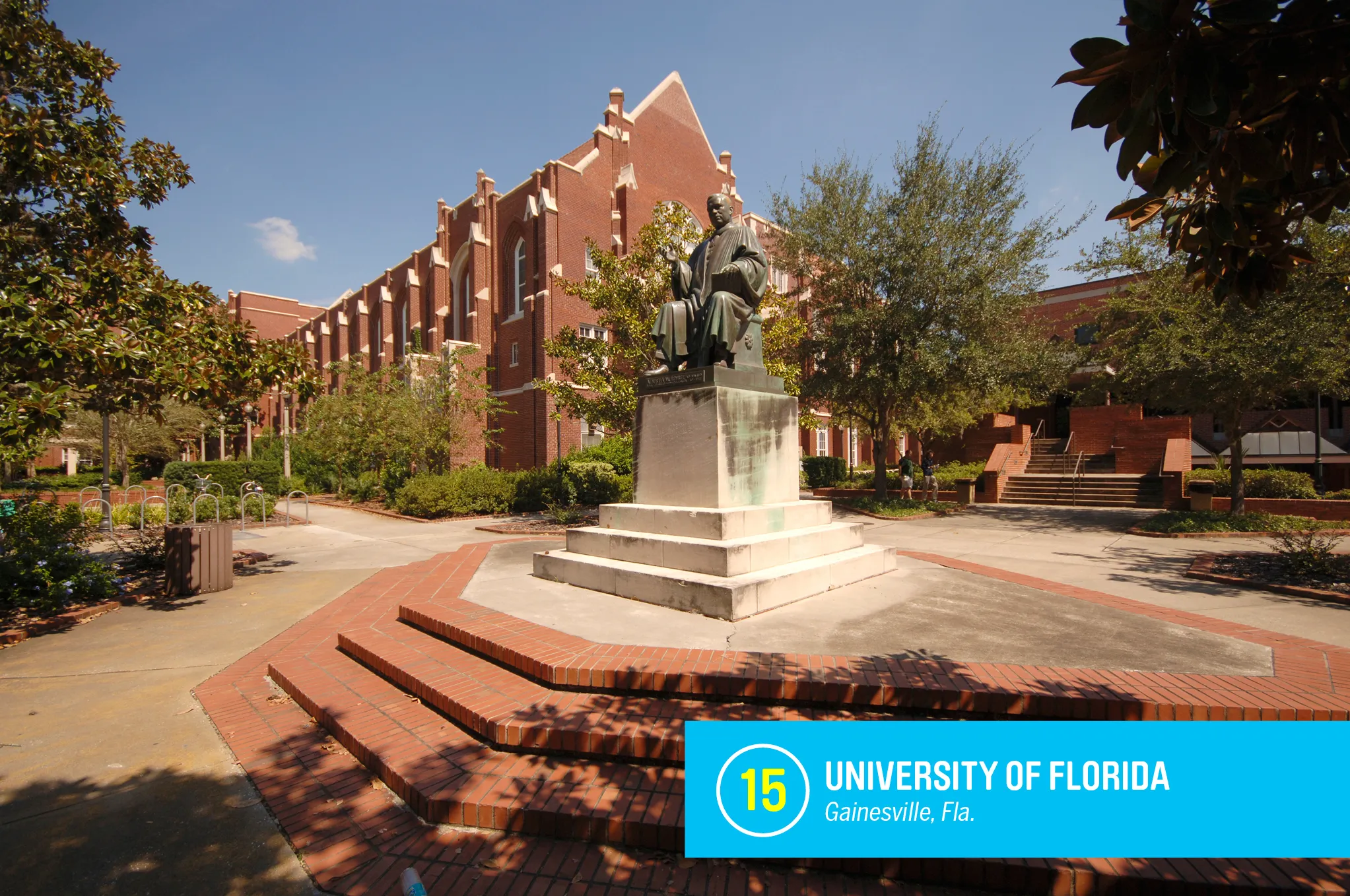

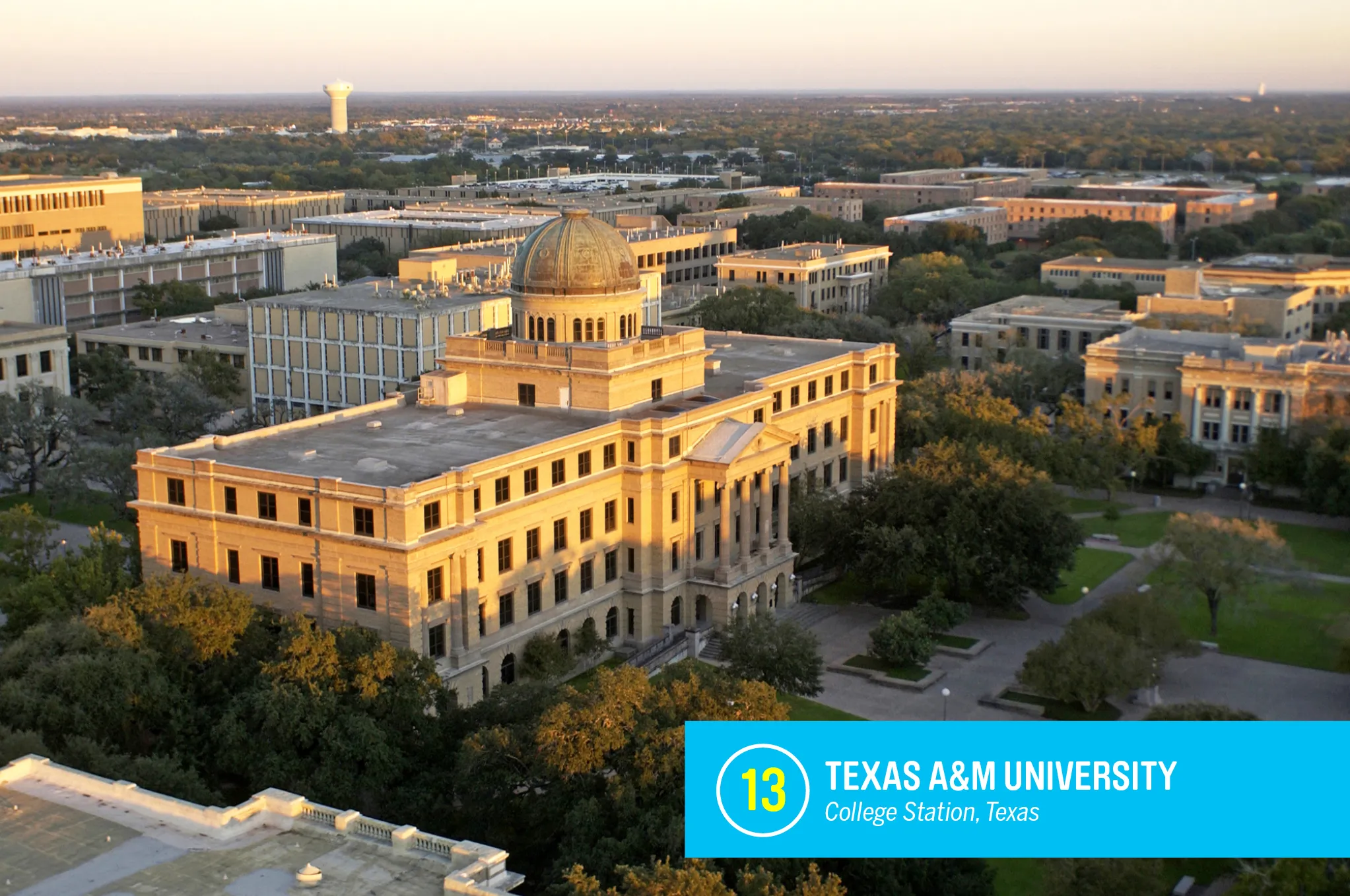
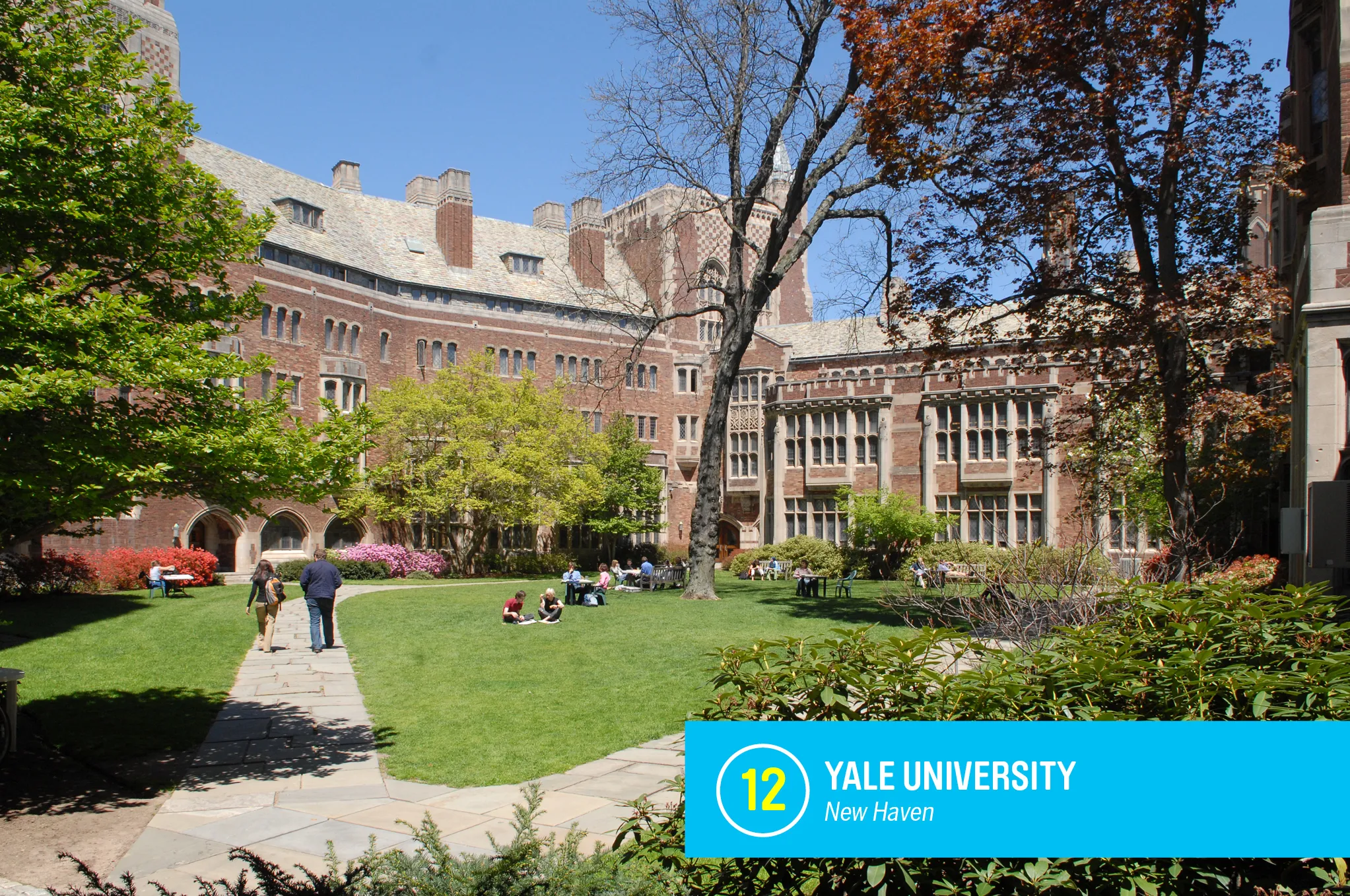
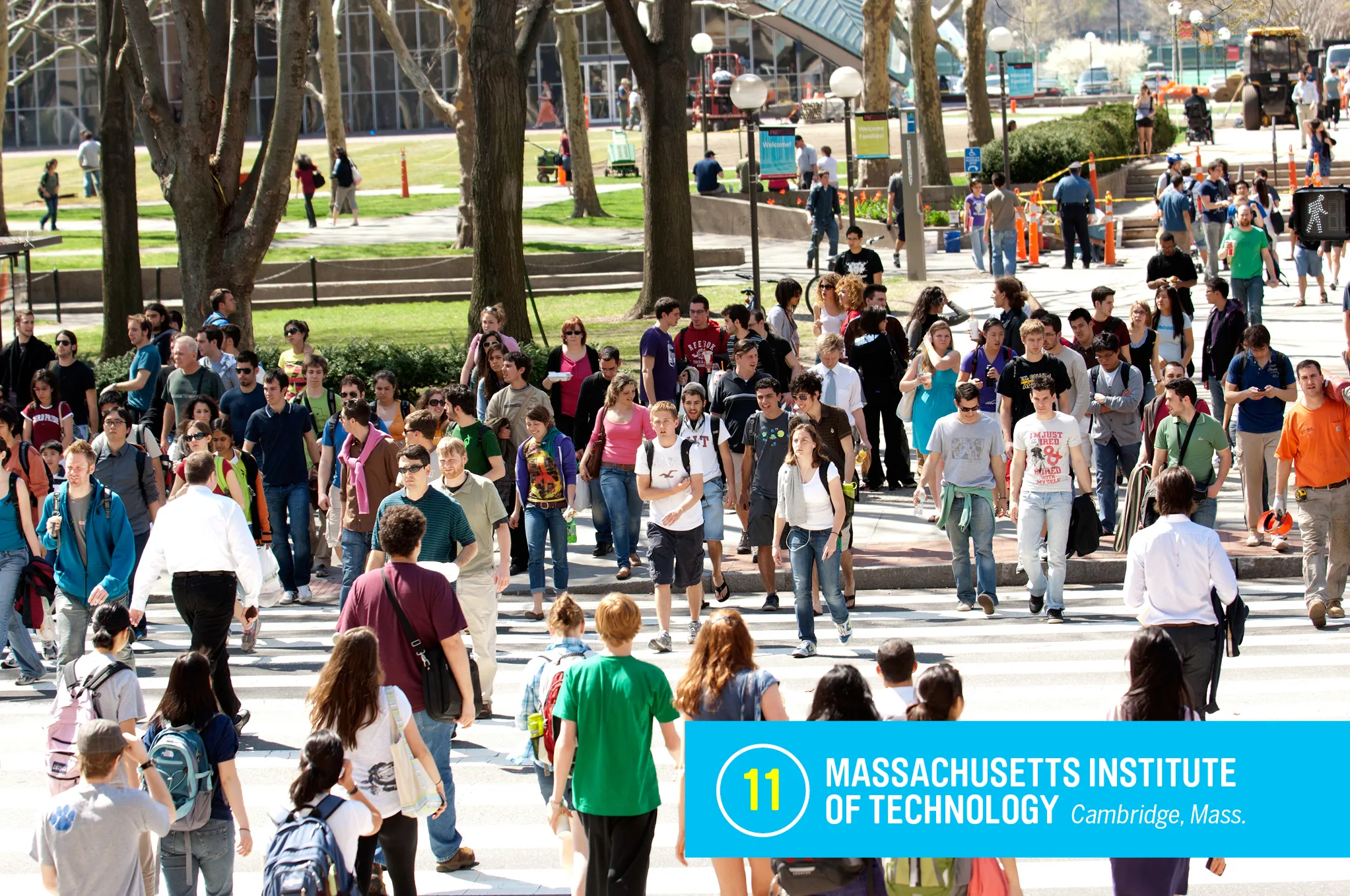
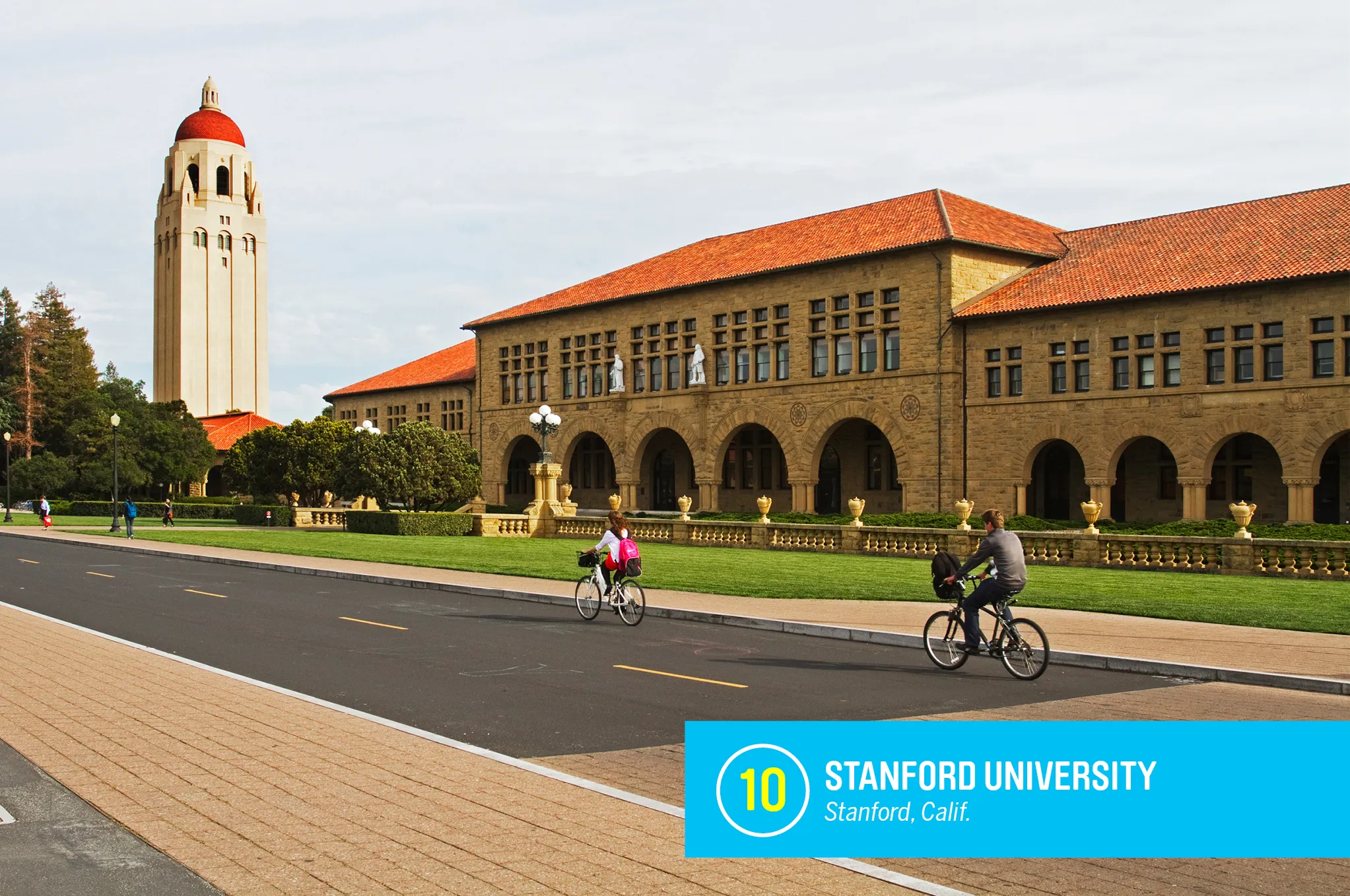
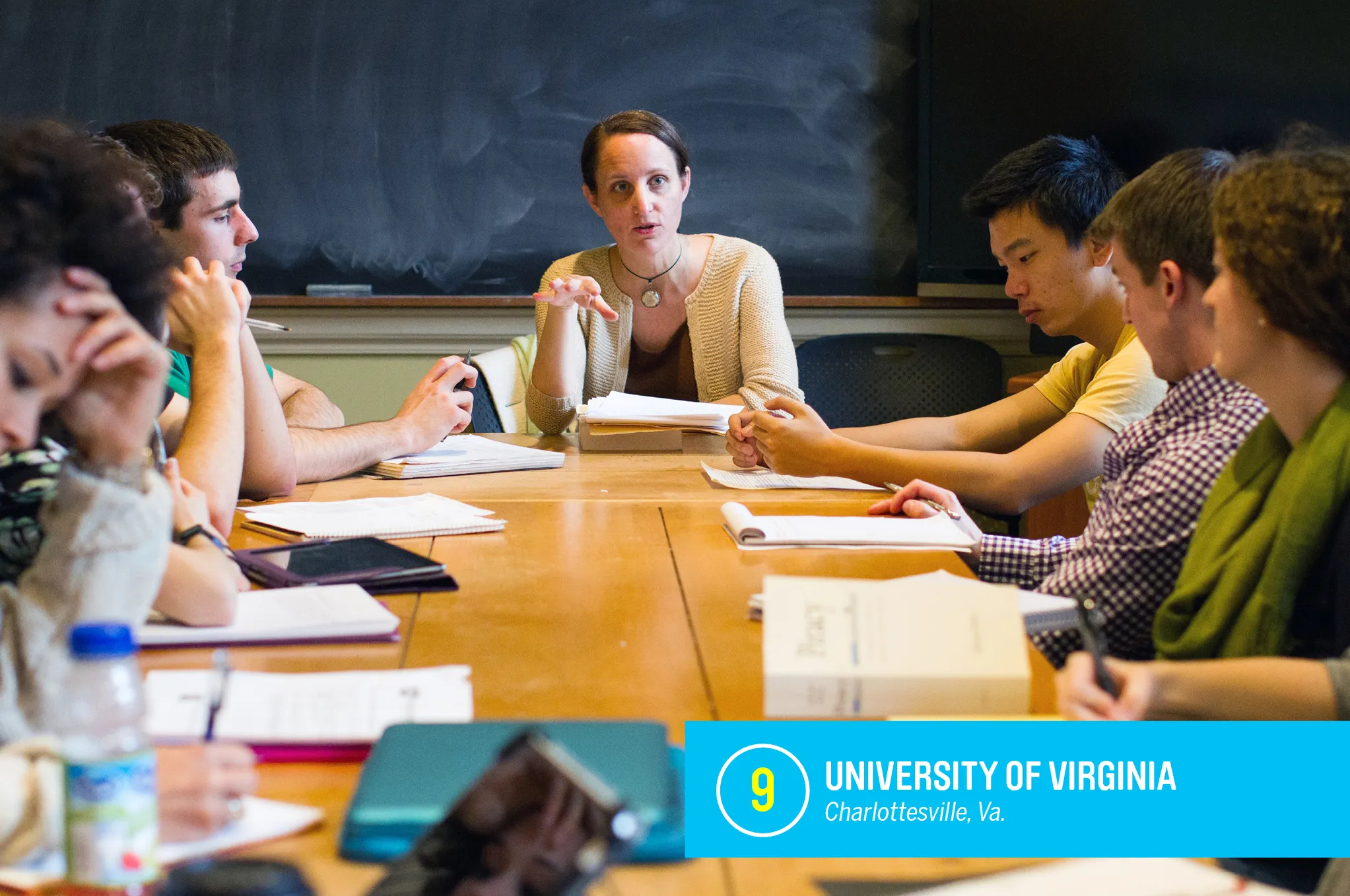

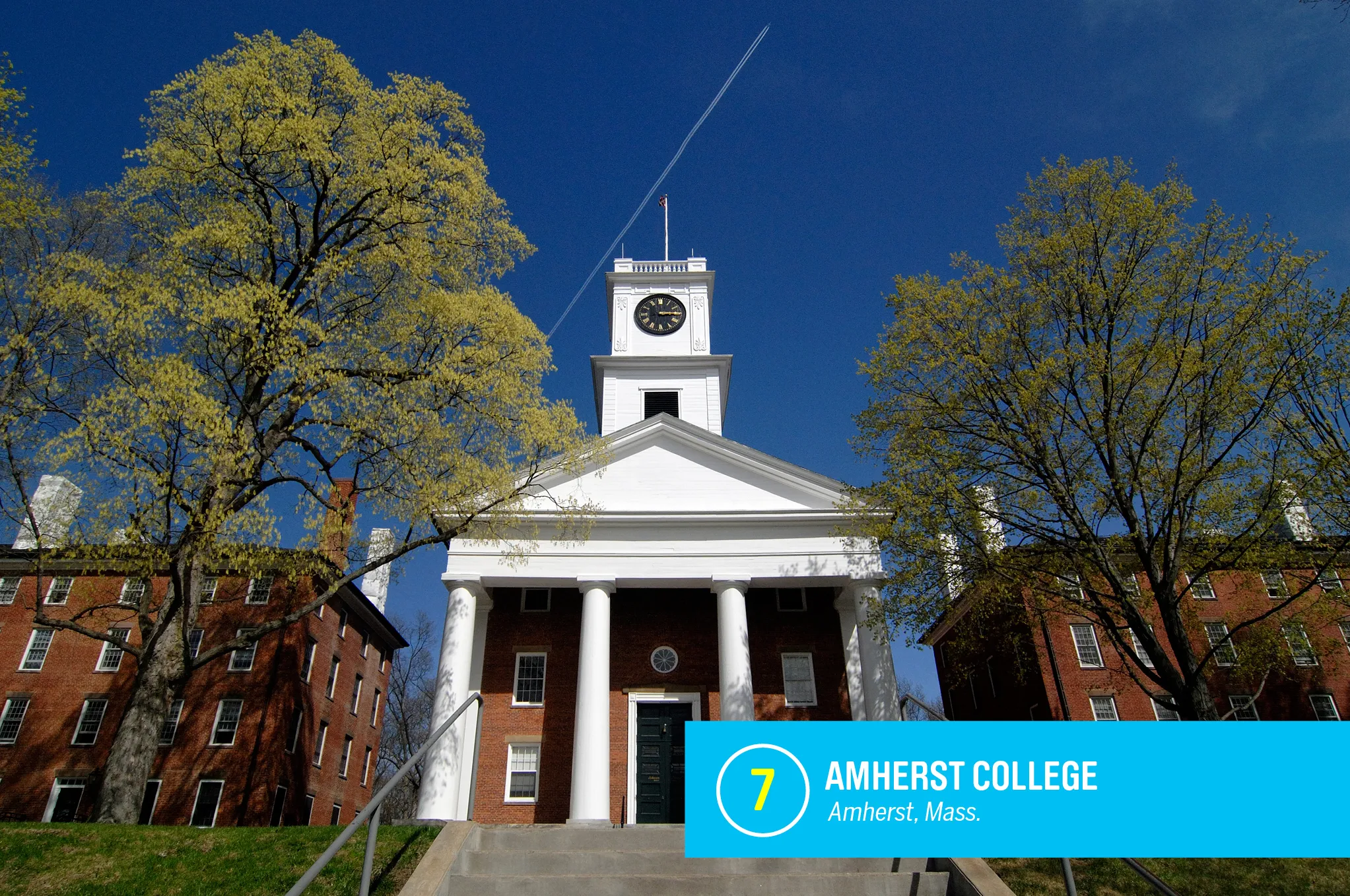
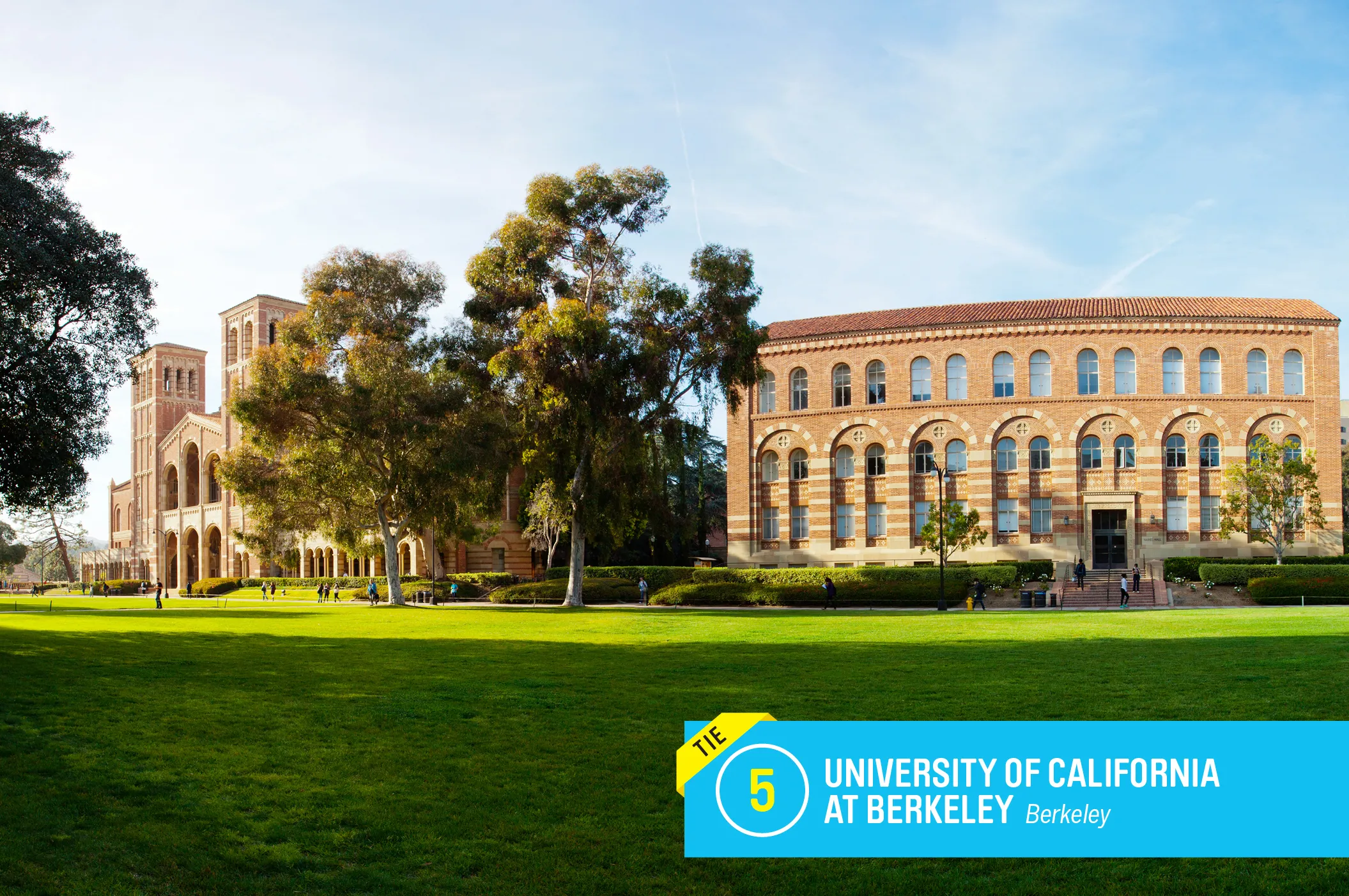

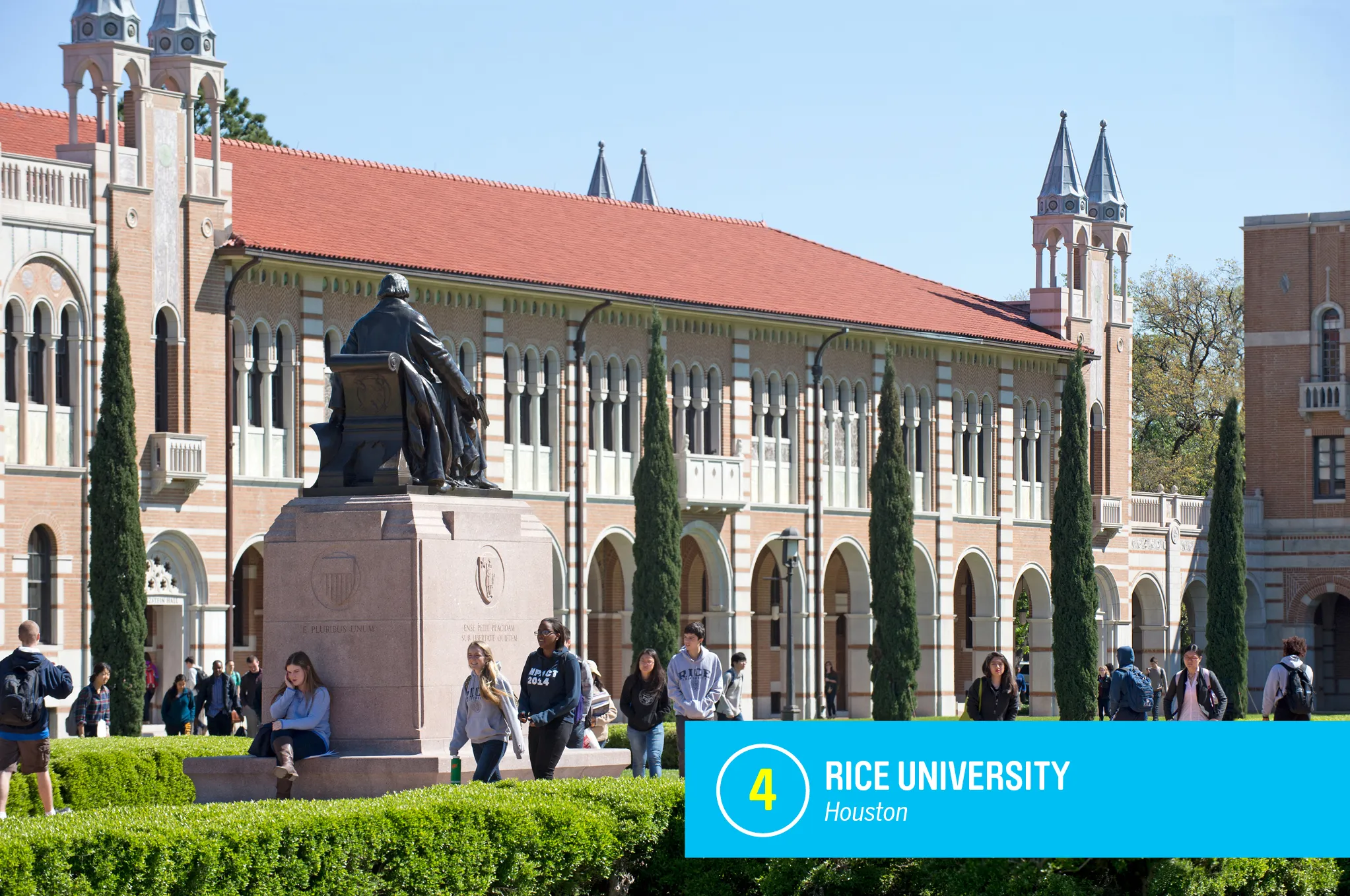
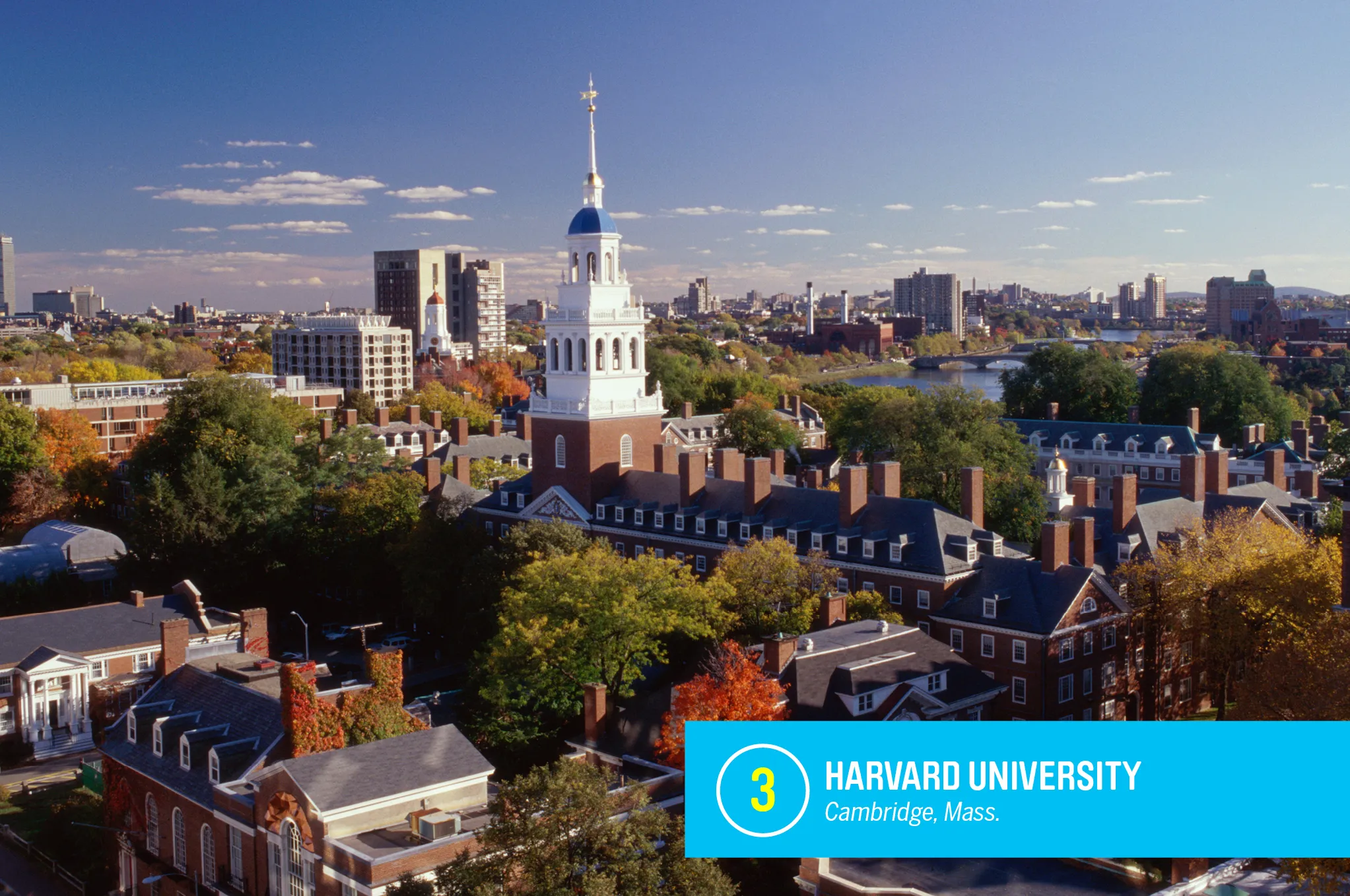
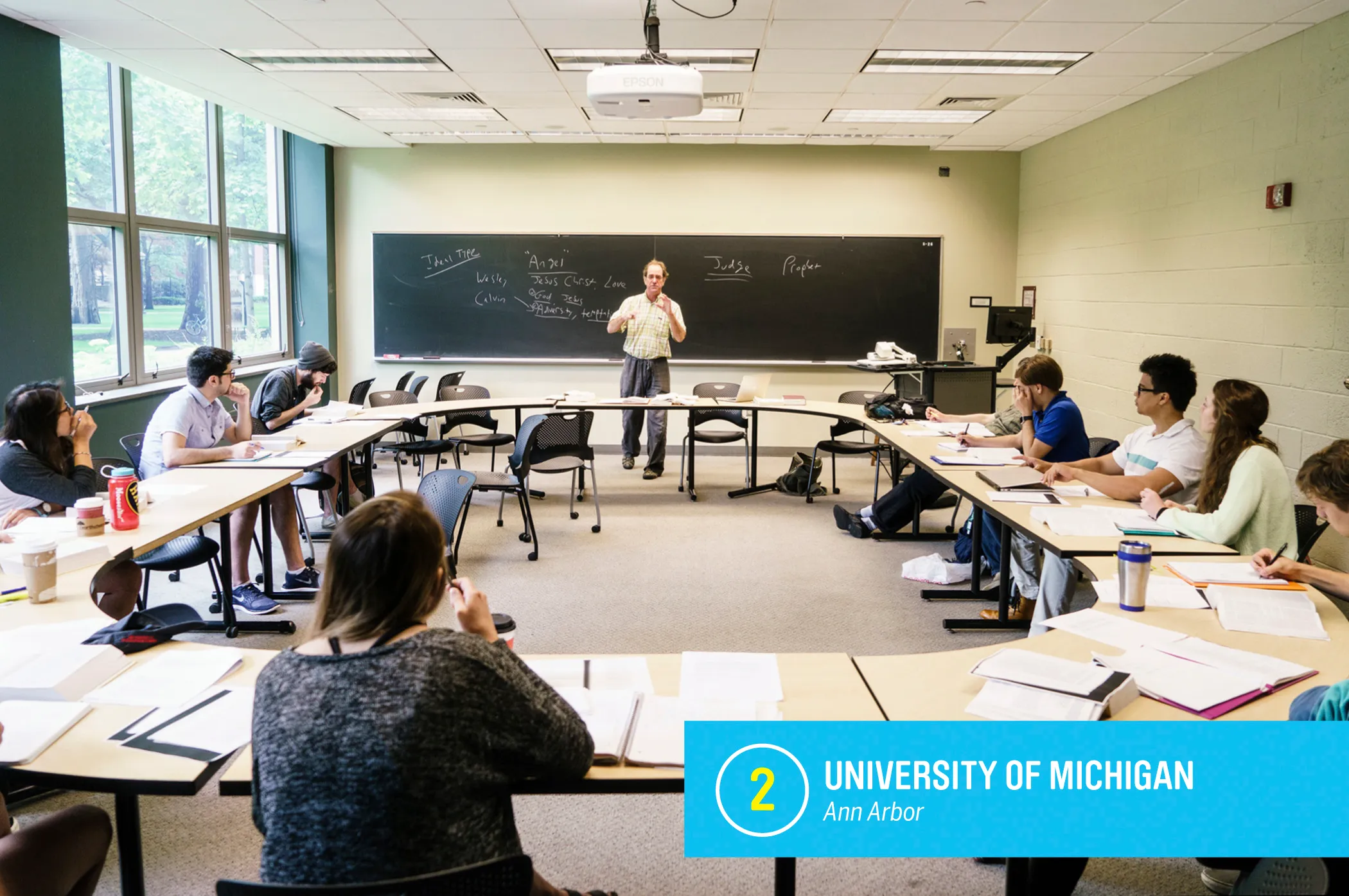
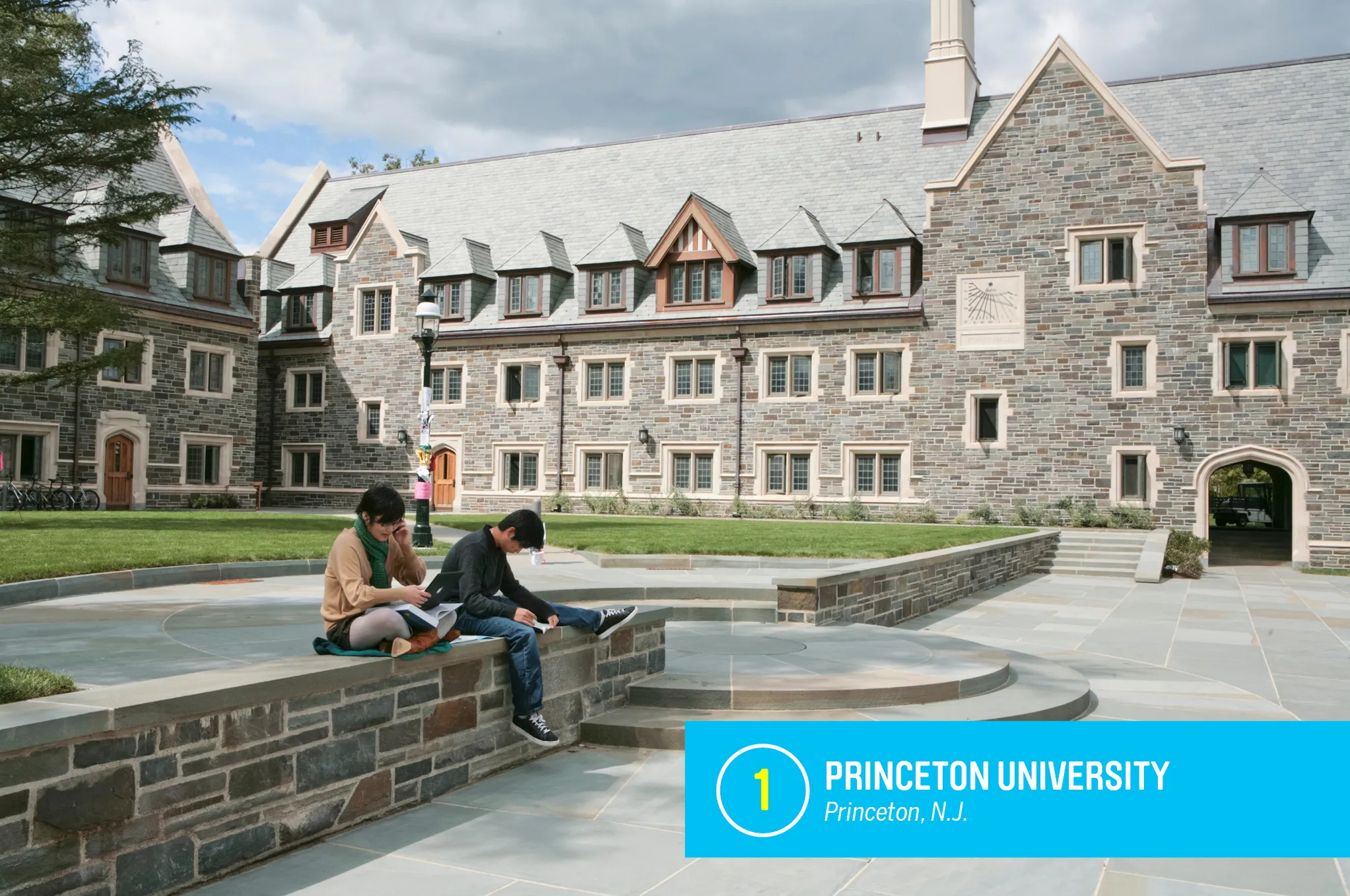
Research by Matthew Chingos, a senior fellow at the Urban Institute who studies education, found that students from families in the top income quartile attend public colleges that charge about $1,200, or 20%, more per year than the colleges a typical low-income student attends.
There’s also the issue that free tuition is not the same thing as free college attendance. Tuition and fees equaled less than half the total price of college in 2015, according to an annual College Board report. Chingos writes that free tuition still leaves families at the bottom half of the income distributions with $17.8 billion in annual college costs.
“Devoting new spending to eliminating tuition for all students involves an implicit tradeoff with investing the same funds in targeted grant aid that would cover more of the total costs of attendance for students from lower-income families," he writes.
Michael J. Pretrilli, president of the Thomas B. Fordham Institute, and Catharine Bond Hill, an economist who specializes in financial aid, have made similar arguments that instead of free college for all, the limited resources should be invested in grant aid to help the families that need it most.
Finally, dramatically reducing the cost of college won’t solve one of the toughest student debt problems, either. That's because increasing access is only one half the college affordability issue. The other half is increasing completion rates.
Currently, four out of every 10 students at four-year public colleges don't finish within six years.
So while there is a subset of college graduates with expensive student debt that they can’t afford, that’s actually a smaller issue than the borrowers with relatively little debt (less than $10,000) who left college without earning a degree. New data released by the White House last week shows that dropouts are three times as likely to default on their loans.
There are certainly some experts who are supportive of a Sanders-like free tuition plan, including Sara Goldrick Rab, a prominent professor of higher education policy now at Temple University.
"Targeted financial aid isn't getting the job done," she wrote in the New York Times. "It's time for universal public higher education."
Goldrick-Rab, who researches financial aid and college access, also said that grant programs have lost their purchasing power, and targeted financial aid is divisive, pitting those who get help against those who don't qualify.
Even those who'd like to see a form of free tuition become a reality have acknowledged the enormous uphill battle such an expensive idea would have in Congress.
But of course, this is campaign season. Economic analysis and political reality may not be as important as getting voters' attention.
The increasing unaffordability of college and growing ubiquity of student debt is a pain point that spans geographic regions and ideologies. And that's why we'll continue to hear about this long-shot idea that, as Bernie Sanders put it Monday night, "will revolutionize higher education in America."
